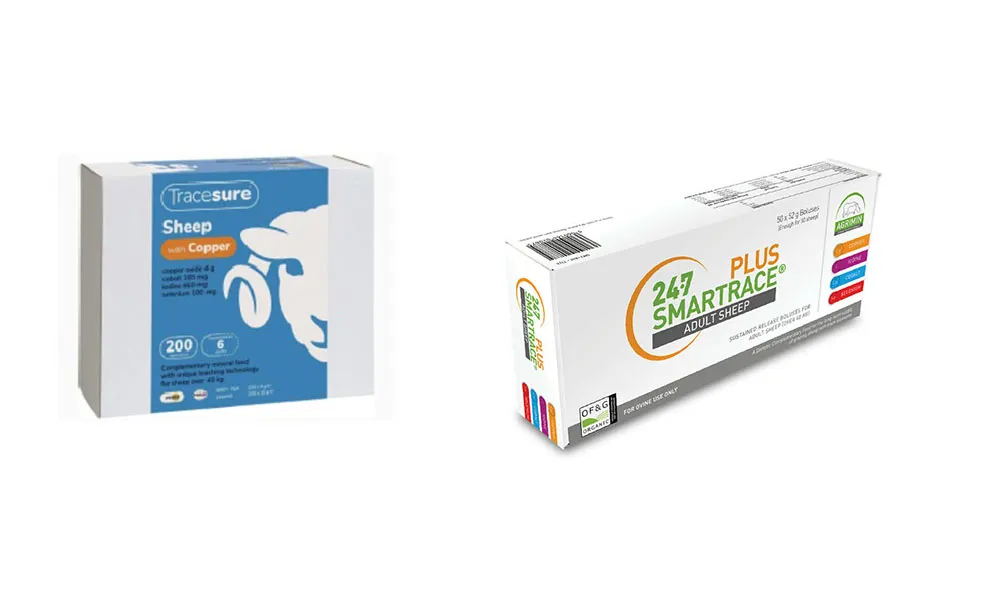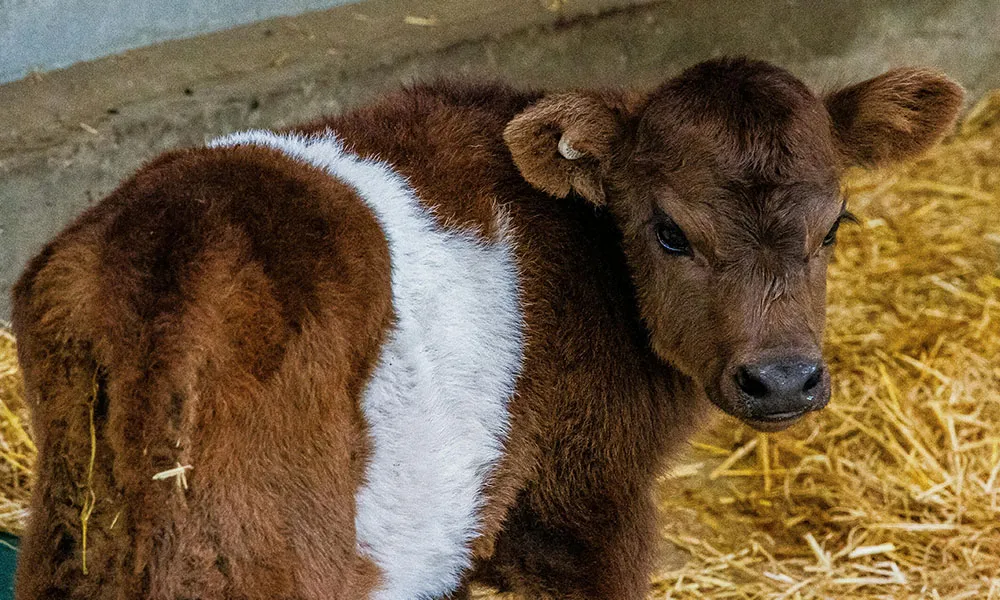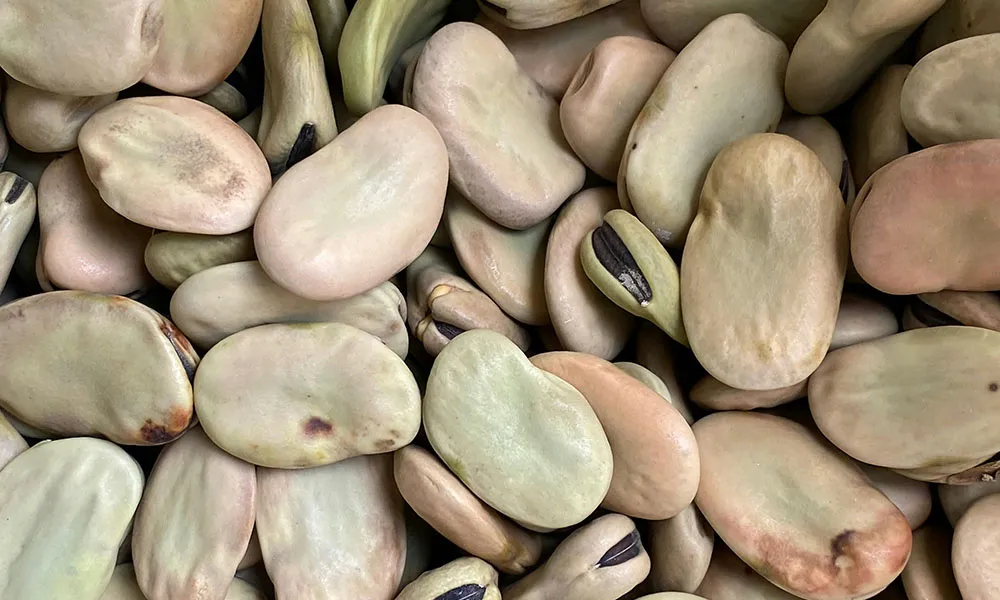
No time to enjoy the sun
With the country basking in a much-anticipated Indian summer, it feels surreal to talk of tupping season getting underway in the days and weeks ahead. Still, with September now past the ides of the month, those of us with sheep have no time to lounge in the sun. Our priority these days is managing flock health. If the forthcoming lambing season is to be a success, it is essential that breeding animals are in peak physical condition before the ram is introduced. In last week’s post, we looked at the key indicators of ram health and the measures farmers can take to support it. This week, our focus turns inevitably to the health and fitness of breeding ewes.
Body condition
As with the ram, body condition is an essential indicator of ewe health. Ewes that start the breeding season in poor condition will struggle to conceive a lamb or carry it to term across a long winter. Thin ewes that do manage to deliver a lamb will often struggle to produce milk or colostrum to feed it. For best results at lambing time, breeding ewes should have a Body Condition Score (BCS) of between 3 and 3.5 before going to the ram.
Culling
You should do a full health check on all ewes in the flock at least a month before tupping. Remove and sell any extremely thin ewes, as well as those with broken teeth, persistent lameness and other signs of chronic disease. Ewes with damaged udders, and those who failed to produce a lamb last spring, should also be culled.
Grazing
Obviously, ewes that are a little on the thin side in late summer – but are otherwise fit and healthy enough to remain in the breeding flock – need priority when it comes to feeding. It is a good idea to graze thinner ewes on your better-quality paddocks, while fatter ewes are left on slightly thinner grass. This year September has been a very warm month, with plenty of warm sunshine, so grass should still be plentiful.
In the run-up to tupping, ewes should be grazed on well-rested ground (ideally fields that have not been grazed for a month). If needed, animals should be dosed for fluke and worms.
Feed supplements
Grazing ewes should also receive additional feed ahead of tupping. Feed should be portioned according to the BCS of ewes, with thinner animals getting more than fatter ones. About 400 grams a day of high energy feed should be provided for each ewe, but this can be reduced by half after the ram is introduced. Lighter ewes may also need a protein feed to put down weight before breeding.
Minerals and trace elements
In addition, breeding stock should receive supplementation with trace elements and minerals. The trace elements are especially important, as most grazing land is deficient in at least one of them. It is hard to overstate the importance of cobalt, copper, iodine, and selenium in the ewe’s diet, as all of them are needed for the proper functioning of the animal’s body. Trace elements can be administered to ewes either as a mineral drench or a bolus. While a slow-release bolus is arguably the most effective approach to supplementation, it is also considerably more expensive than drenching. Therefore, this is really down to farmer preference.
For those who favour boluses, Tracesure Sheep is an excellent product. I am also a big fan of the Smartrace sheep bolus. The big advantage of these products is that they provide a “slow” release of the essential elements for successful breeding. In terms of drenches, Breeding Ewe, Liquid Gold and Sheep Boost are all very solid choices.











